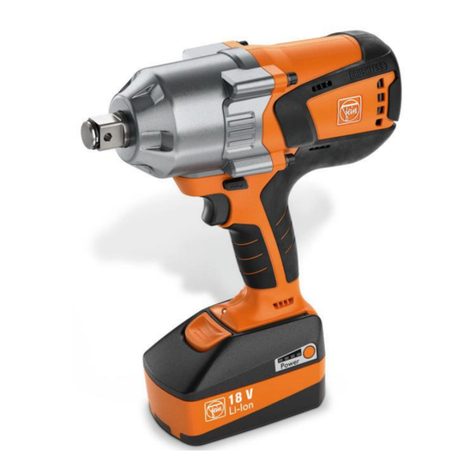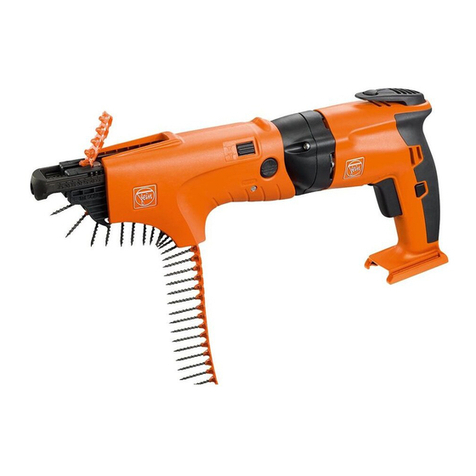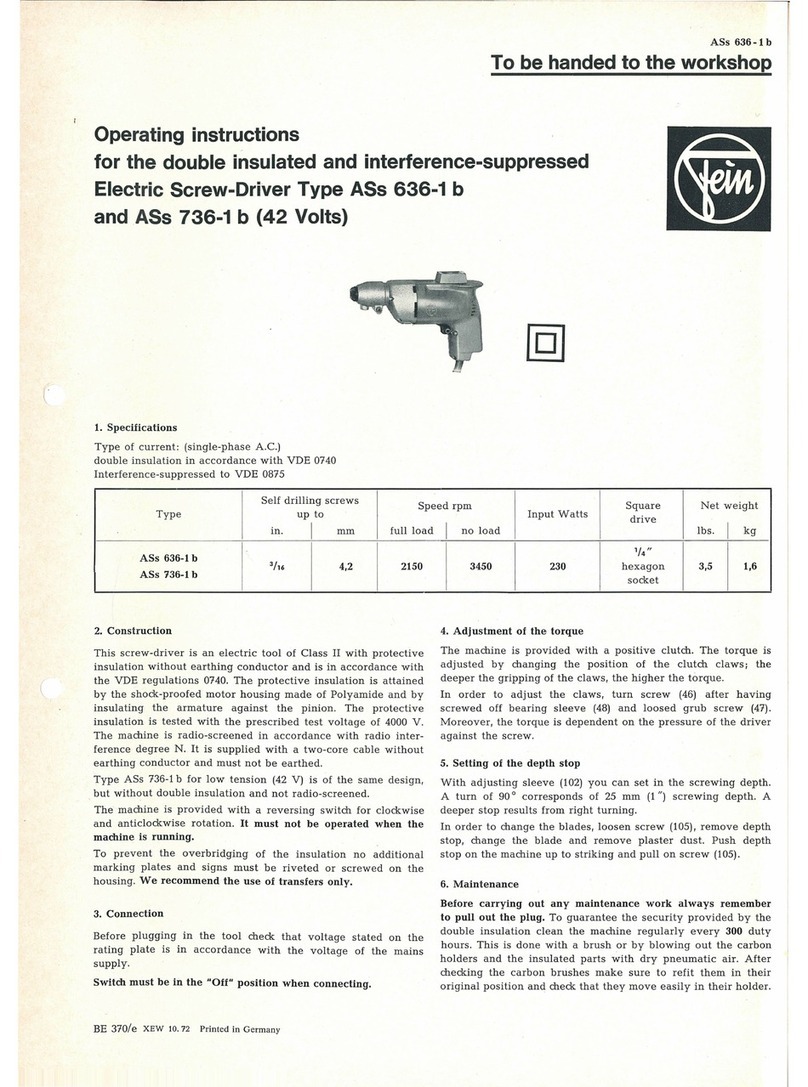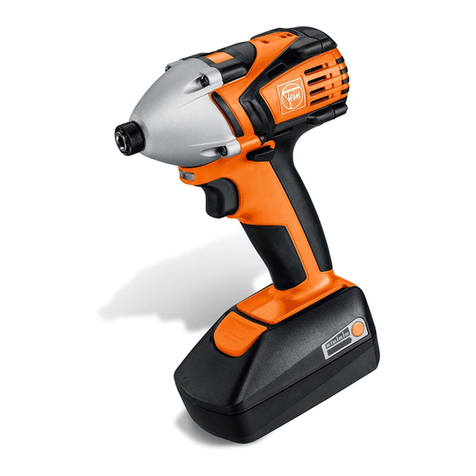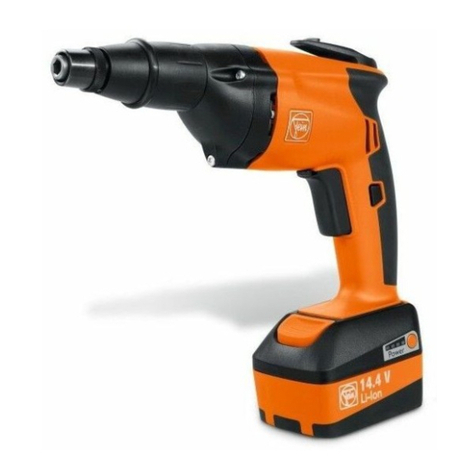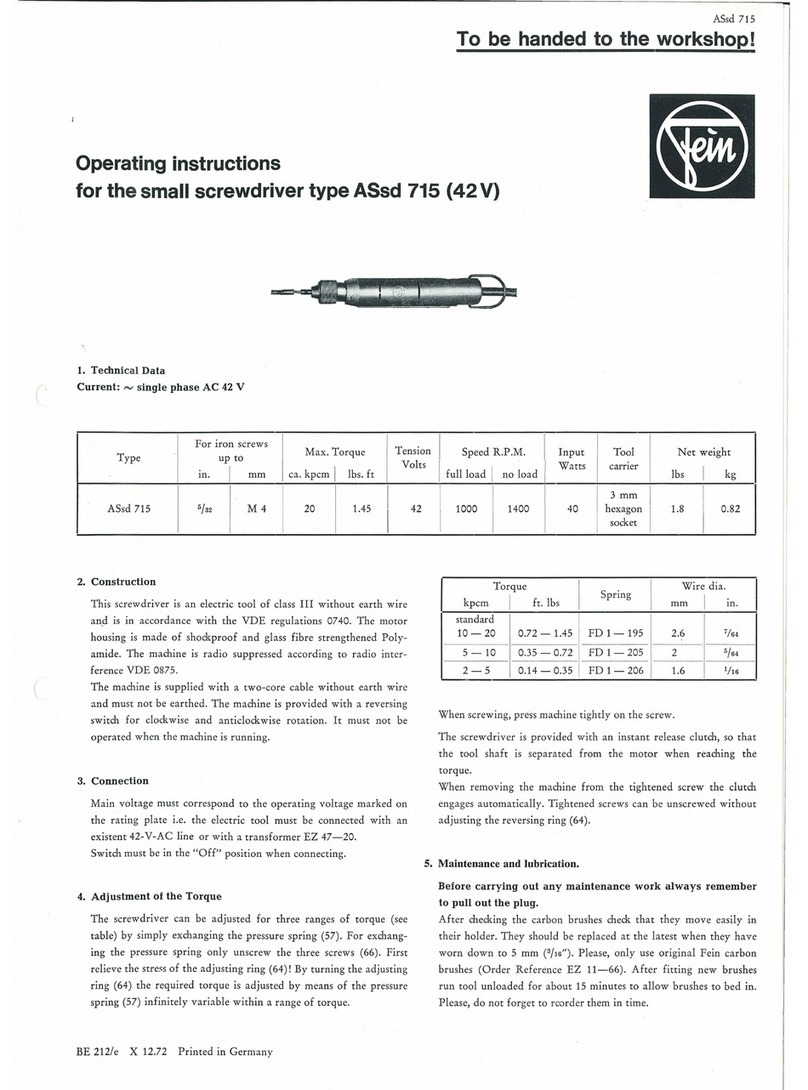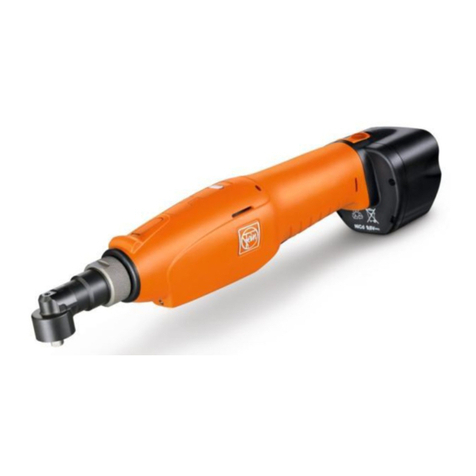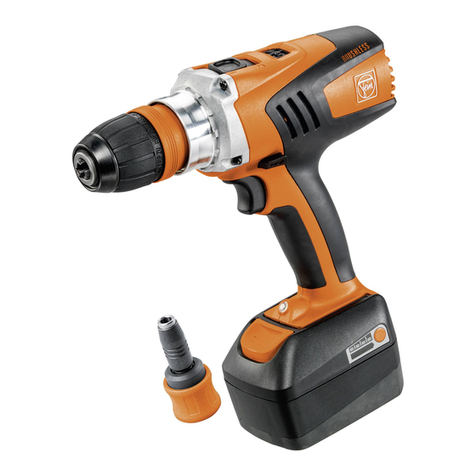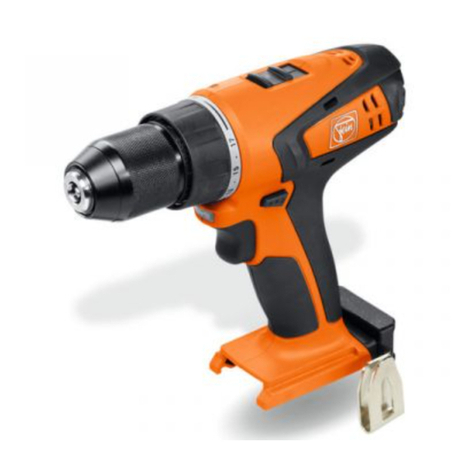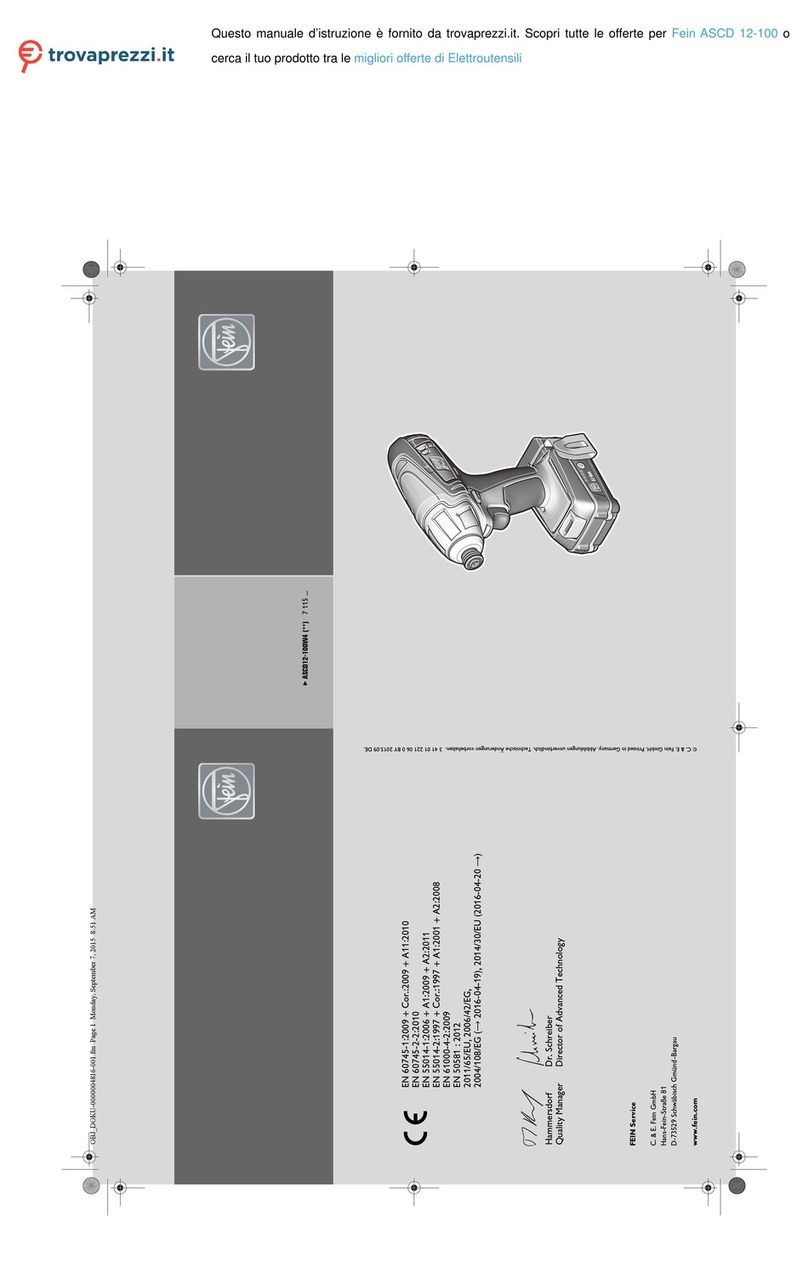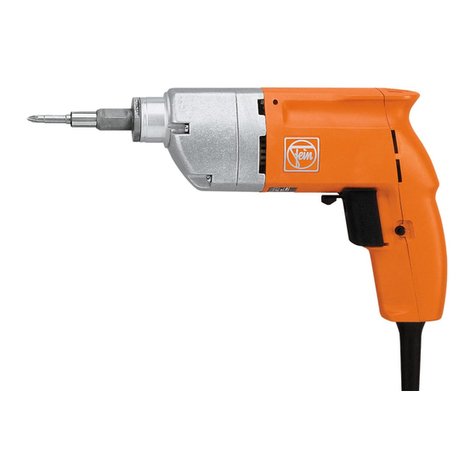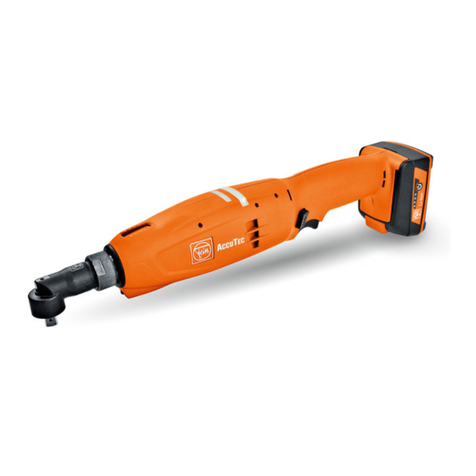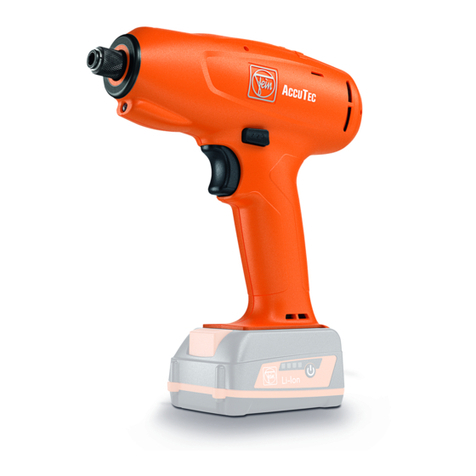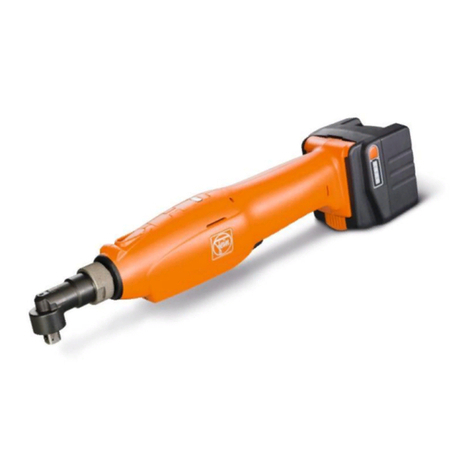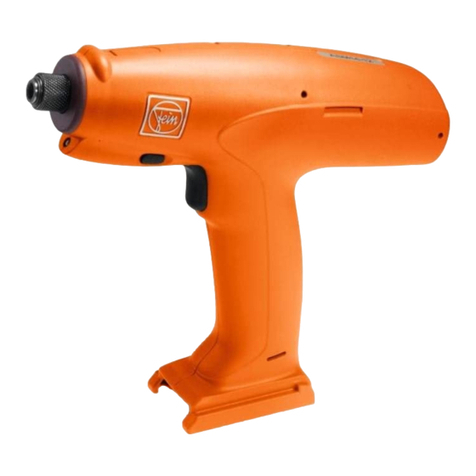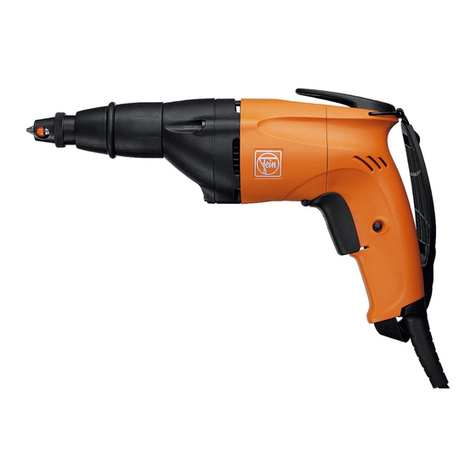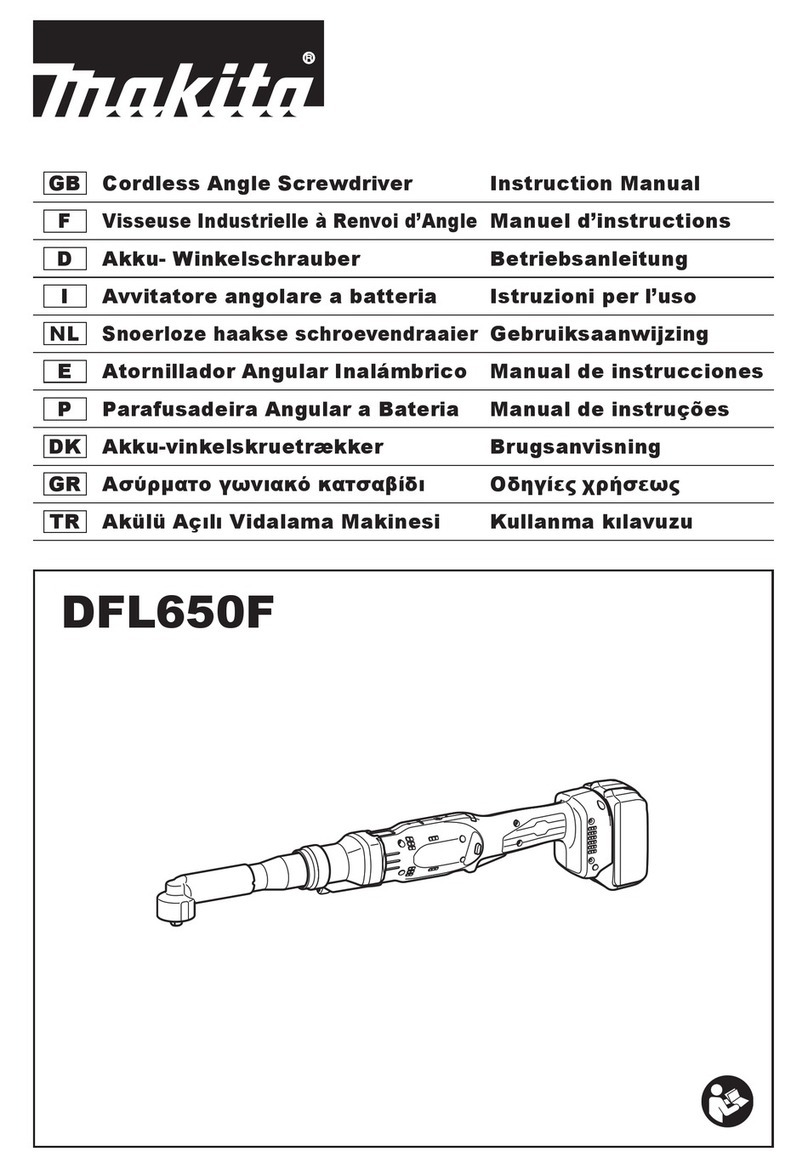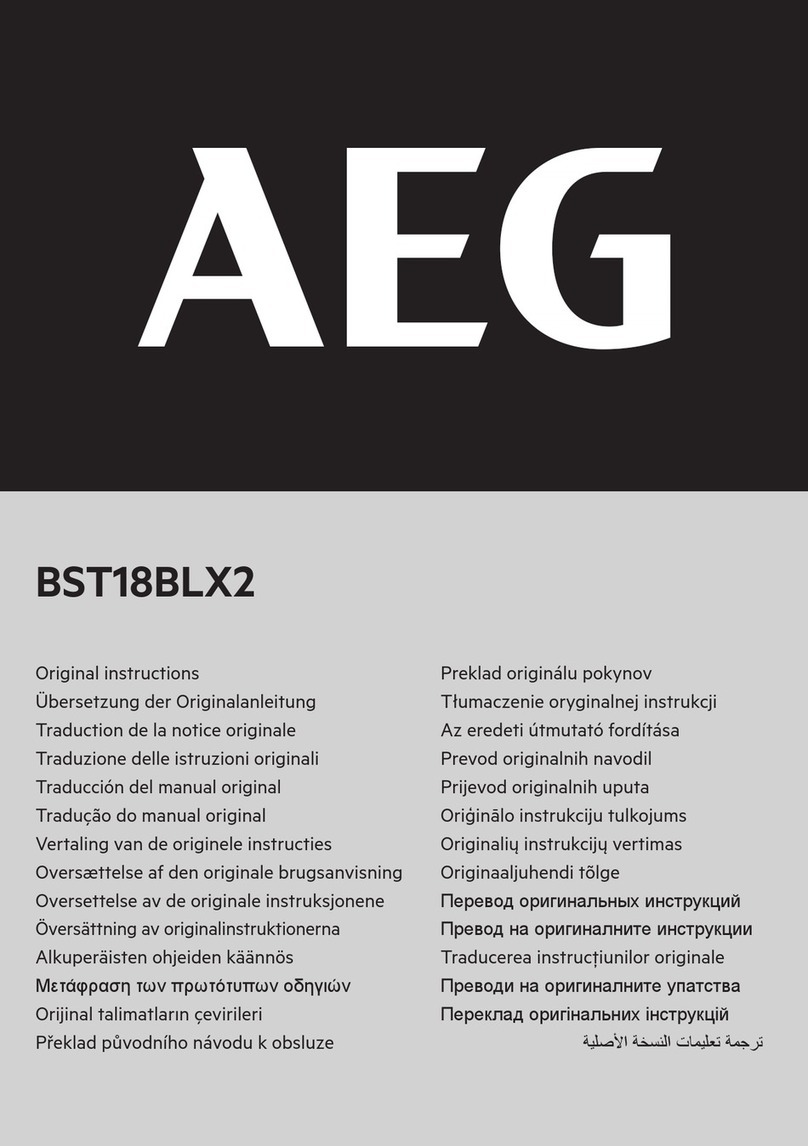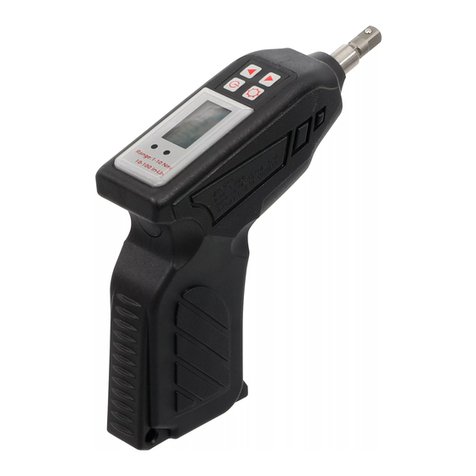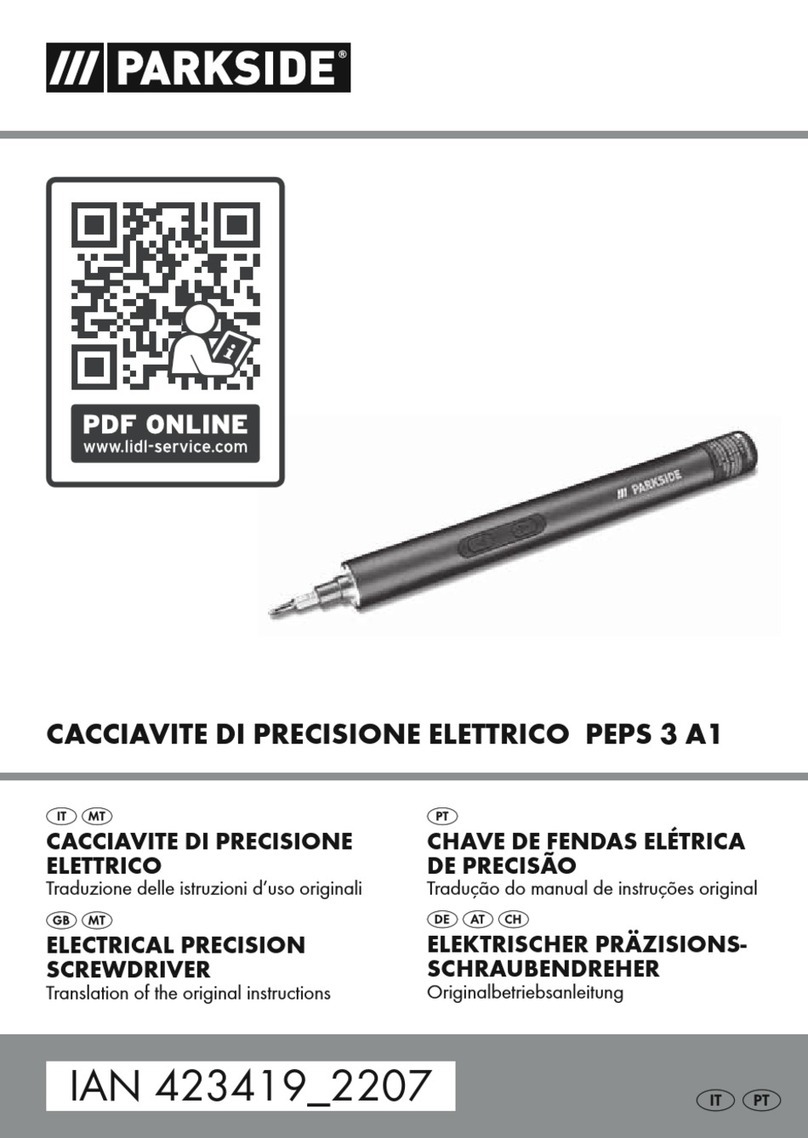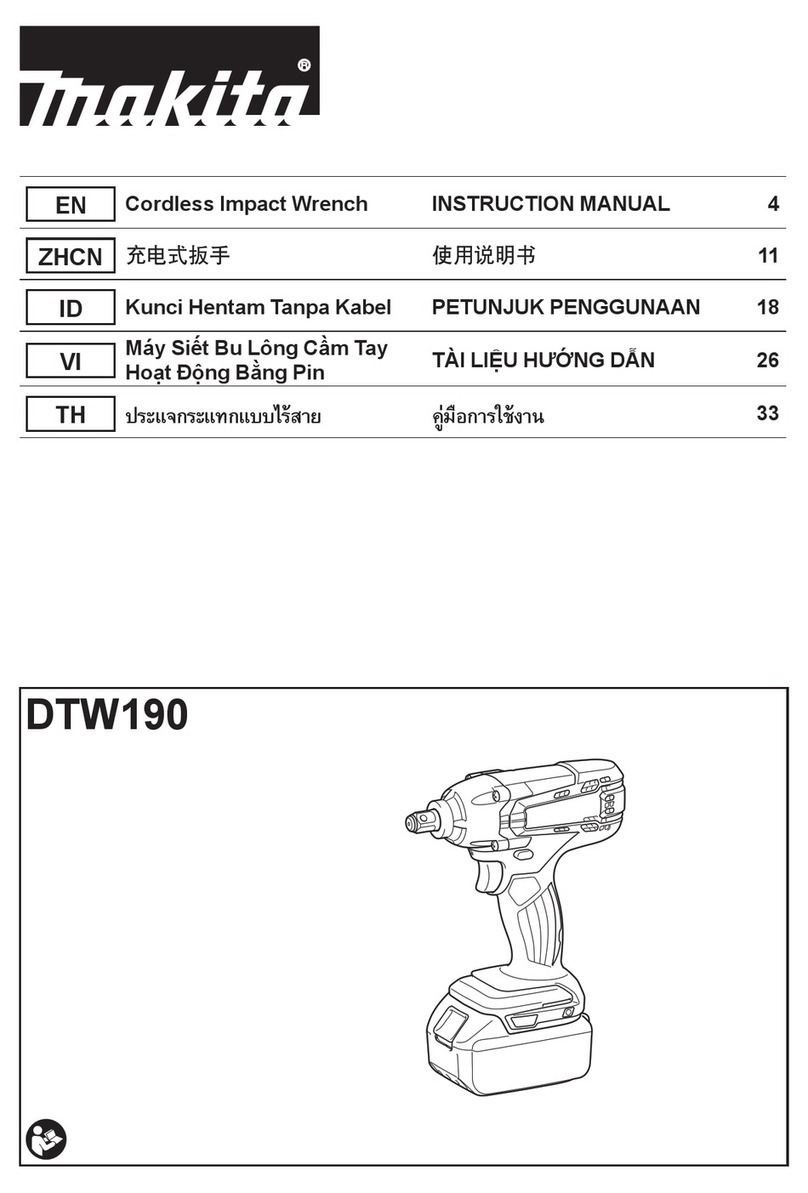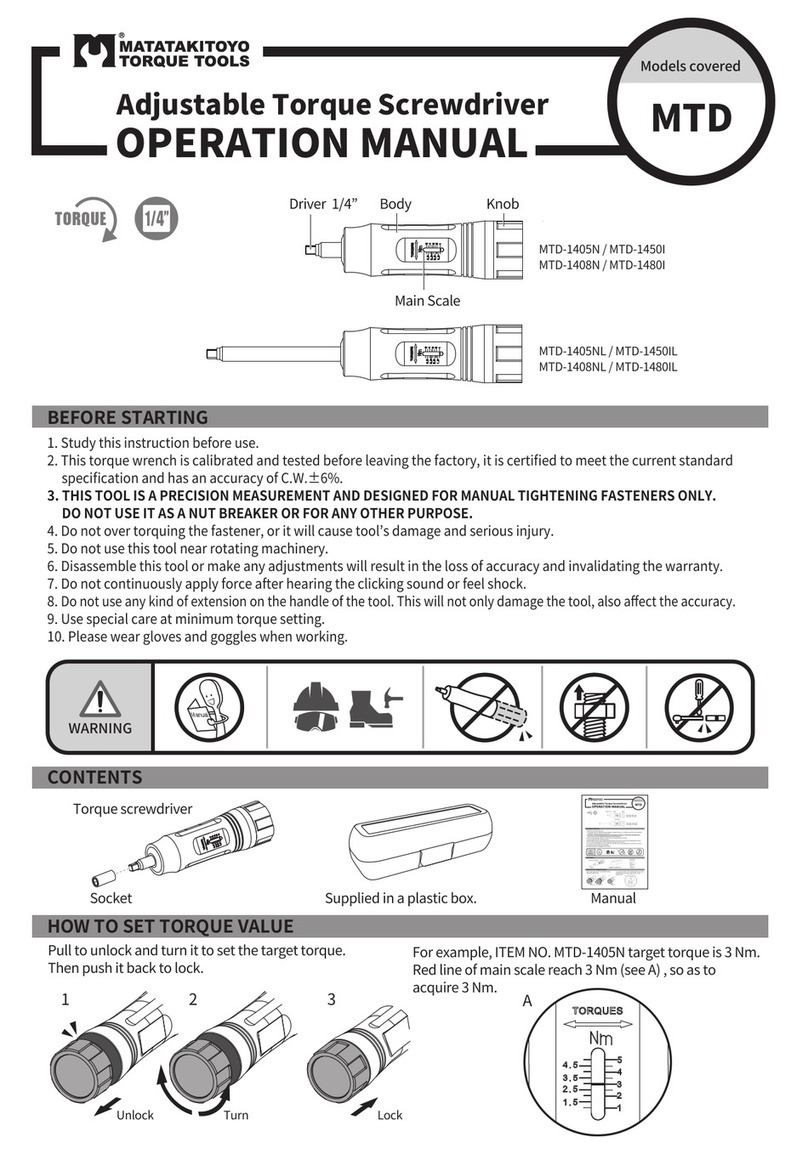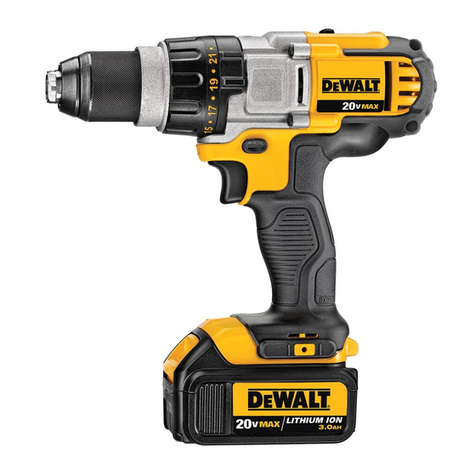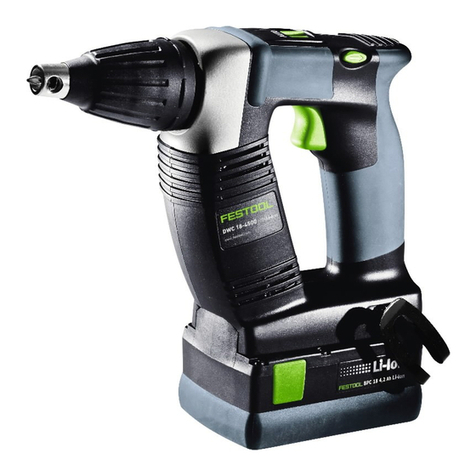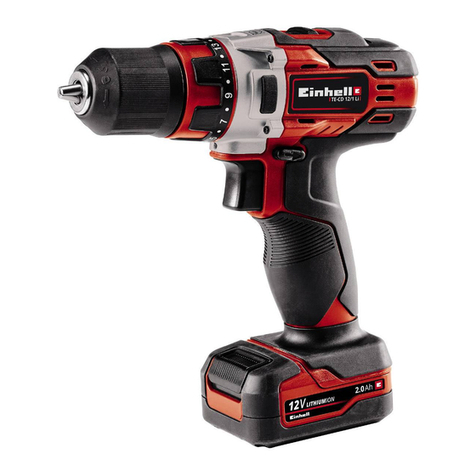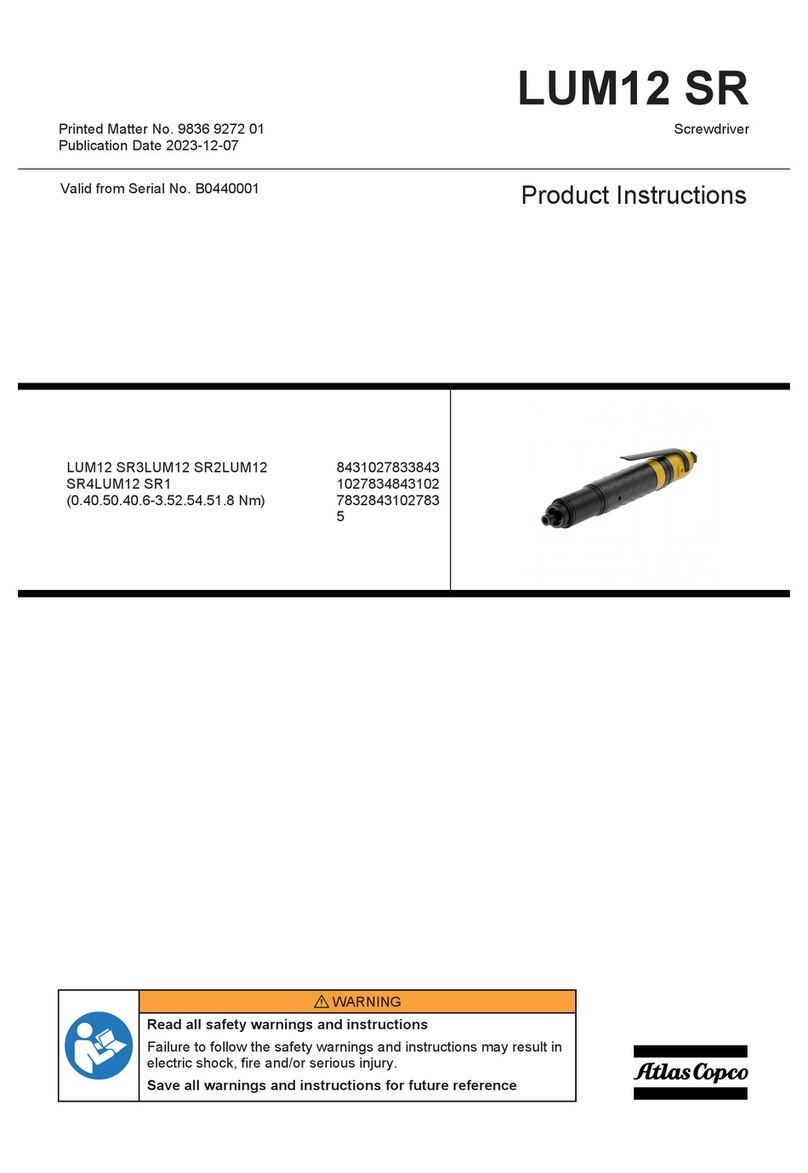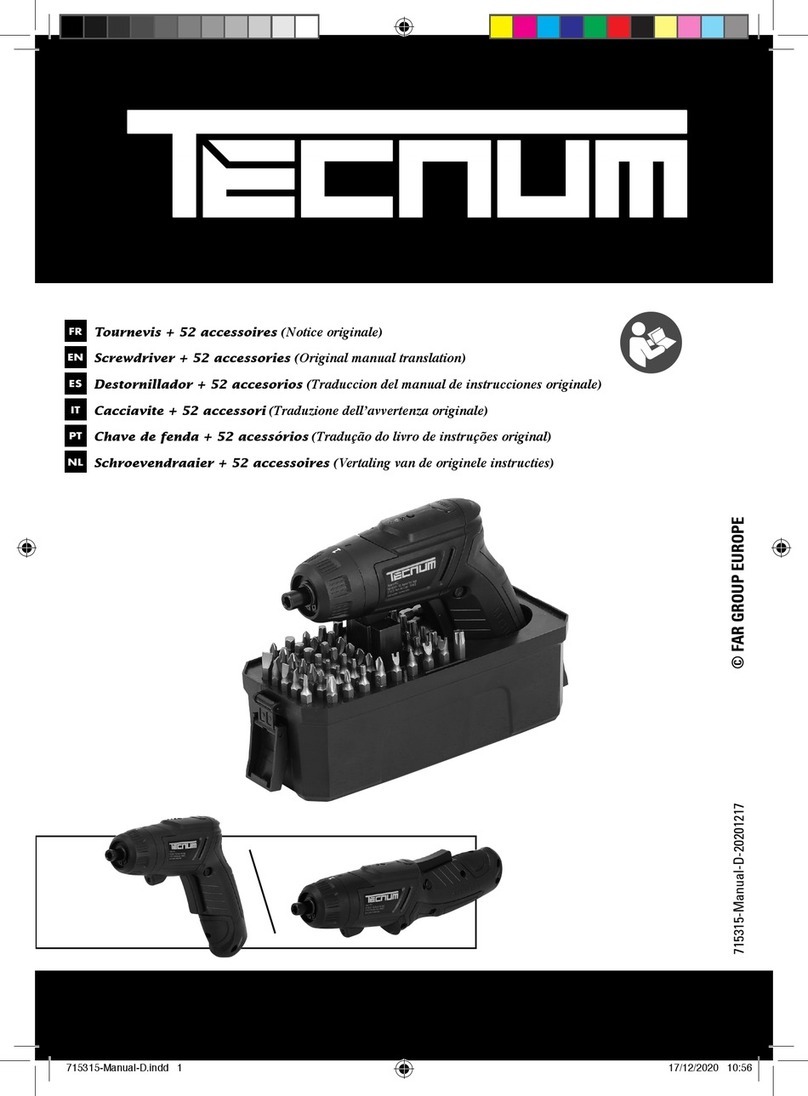
7
de
Bringen Sie den Drehrichtungsumschalter des Elektrowerk-
zeugs vor allen Arbeiten am Elektrowerkzeug sowie bei des-
sen Transport und Aufbewahrung in Mittelstellung.
Läuft
das Elektrowerkzeug unbeabsichtigt an, besteht Verlet-
zungsgefahr.
Verwendung und Behandlung des Akkus
(Akkublocks)
Um Gefährdungen wie Verbrennungen, Brand, Explosion,
Hautverletzungen und andere Verletzungen beim Umgang mit
den Akkus zu vermeiden, beachten Sie folgende Hinweise:
Akkus dürfen nicht zerlegt, geöffnet oder zerkleinert wer-
den. Setzen Sie die Akkus keinen mechanischen Stößen aus.
Bei Beschädigung und unsachgemäßem Gebrauch des
Akkus können schädliche Dämpfe und Flüssigkeiten aus-
treten. Die Dämpfe können die Atemwege reizen. Aus-
tretende Akkuflüssigkeit kann zu Hautreizungen oder
Verbrennungen führen.
Falls aus dem beschädigten Akku ausgetretene Flüssigkeit
angrenzende Gegenstande benetzt hat, überprüfen Sie die
betroffenen Teile, reinigen Sie diese oder tauschen Sie sie
gegebenenfalls aus.
Setzen Sie den Akku nicht der Hitze oder dem Feuer aus.
Lagern Sie den Akku nicht im direkten Sonnenlicht.
Entnehmen Sie den Akku erst dann aus seiner Originalver-
packung, wenn er verwendet werden soll.
Nehmen Sie den Akku vor Arbeiten am Elektrowerkzeug aus
dem Elektrowerkzeug.
Läuft das Elektrowerkzeug unbeab-
sichtigt an, besteht Verletzungsgefahr.
Nehmen Sie den Akku nur bei ausgeschaltetem Elektro-
werkzeug ab.
Halten Sie Akkus von Kindern fern.
Halten Sie den Akku sauber und geschützt vor Feuchtigkeit
und Wasser.
Reinigen Sie die verschmutzten Anschlüsse
des Akkus und des Elektrowerkzeugs mit einem trocke-
nen, sauberen Tuch.
Verwenden Sie nur intakte original FEIN-Akkus, die für Ihr
Elektrowerkzeug bestimmt sind.
Beim Arbeiten mit und
Laden von falschen, beschädigten, reparierten oder auf-
gearbeiteten Akkus, Nachahmungen und Fremdfabrika-
ten besteht Brandgefahr und/oder Explosionsgefahr.
Befolgen Sie die Sicherheitshinweise in der Betriebsanlei-
tung des Akku-Ladegeräts.
Hand-Arm-Vibrationen
Der in diesen Anweisungen angegebene Schwingungspe-
gel ist entsprechend einem in EN 60745 genormten
Messverfahren gemessen worden und kann für den Ver-
gleich von Elektrowerkzeugen miteinander verwendet
werden. Er eignet sich auch für eine vorläufige Einschät-
zung der Schwingungsbelastung.
Der angegebene Schwingungspegel repräsentiert die
hauptsächlichen Anwendungen des Elektrowerkzeugs.
Wenn allerdings das Elektrowerkzeug für andere
Anwendungen, mit abweichenden Einsatzwerkzeugen
oder ungenügender Wartung eingesetzt wird, kann
der Schwingungspegel abweichen. Dies kann die Schwin-
gungsbelastung über den gesamten Arbeitszeit-
raum deutlich erhöhen.
Für eine genaue Abschätzung der Schwingungsbelas-
tung sollten auch die Zeiten berücksichtigt werden, in
denen das Gerät abgeschaltet ist oder zwar läuft, aber
nicht tatsächlich im Einsatz ist. Dies kann die Schwin-
gungsbelastung über den gesamten Arbeitszeitraum
deutlich reduzieren.
Legen Sie zusätzliche Sicherheitsmaßnahmen zum
Schutz des Bedieners vor der Wirkung von Schwingun-
gen fest wie zum Beispiel: Wartung von Elektrowerk-
zeug und Einsatzwerkzeugen, Warmhalten der Hände,
Organisation der Arbeitsabläufe.
Auf einen Blick.
Die nachfolgend verwendete Nummerierung
der Bedienelemente bezieht sich auf die Abbil-
dungen am Anfang dieser Betriebsanleitung.
1 Schnellspann-Bohrfutter
Werkzeug aufnehmen und spannen.
2 Drehmoment-Einstellring mit Bohrstufe/Schlagbohr-
stufe (ASB14, ASB18)
Einstellen des Drehmomentes.
Betriebsart „Bohren“ oder „Schlagbohren“ auswählen.
3 Umschalter der Getriebestufe für langsame oder
schnelle Drehzahl
(ABS12, ABS14, ABS18, ASB14, ASB18)
Drehzahl einstellen.
4 Zusatzhandgriff mit Tiefenanschlag (ABS18, ASB18)
Elektrowerkzeug mit zweiter Hand halten.
Zur Einstellung der Bohr- bzw. Schraubtiefe mit Tie-
fenanschlag arbeiten.
5 Drehrichtungsumschalter Rechtslauf oder Linkslauf
Drehrichtung wählen.
6 Schalter
Elektrowerkzeug ein- und ausschalten.
7 Akku
Akku von Elektrowerkzeug abnehmen und mit
Ladegerät laden.
8 Entriegelungstaste
Taste betätigen und Akku vom Elektrowerkzeug
abziehen.
9 Mitgeliefertes Zubehör
Werkzeugkoffer (9a),
2 Akkus (9b),
Akku-Ladegerät (9c),
Bit (Kreuzschlitz Pozi Gr. 2 und 3) (9d),
Bit (Philips Gr. 2 und Schlitz Gr. 6) (9e).
Betriebsanweisungen.
Akku laden.
Lesen Sie vor dem ersten Ladevorgang die
Betriebsanleitung des Ladegeräts.
Laden Sie vor der ersten Inbetriebnahme den Akku
vollständig auf.
➤
Entriegeln Sie den Akku (7) durch Drücken der
Entriegelungstaste (8) und ziehen Sie den Akku
nach vorn aus dem Griff. Wenden Sie keine
Gewalt an.
➤
Schließen Sie das Ladegerät an die Steckdose an,
schieben Sie den Akku auf das Ladegerät und laden
Sie den Akku. Stecken Sie nach Ende des Ladevor-
ganges den Akku am Elektrowerkzeug auf und zie-
hen Sie den Stecker des Ladegerätes aus der
Steckdose.
3 41 01 031 06 1.book Seite 7 Dienstag, 10. Mai 2011 4:52 16



